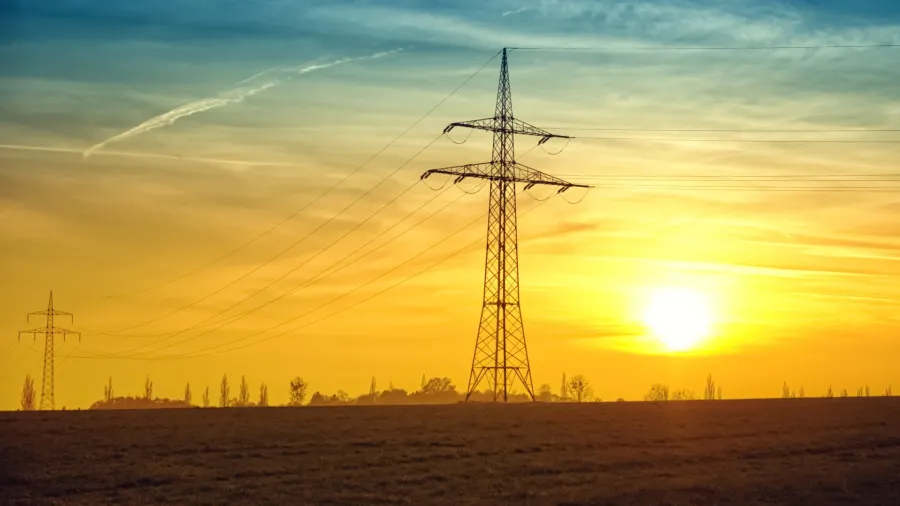
Renewables growth in Asia risks collapse sans transmission system expansion
Black & Veatch says this will need government policies, investment, and storage capacity.
When Vietnam grew its solar power to 16.8 gigawatts (GW) between 2019 and 2020, it showed great potential in renewable energy. But significant growth such as this needs to be backed up by a reliable transmission system—a lesson Vietnam learned the hard way as its grid overloaded, forcing it to restrict power.
After seeing its solar power rise to approximately a quarter of its grid capacity when Ninh Thuan and Binh Thuan overloaded, the country was forced to restrict some 365 million kilowatt-hours of power. Black & Veatch, Asia Power Transmission & Distribution Director Jerin Raj said this is in part due to the absence of enhancements to its grid and transmission network.
As renewable energy grows rapidly across the region, countries in Asia may need to take note of Vietnam’s experience and strive to have better planned and designed systems, Raj urged.
“With wind and solar resources often located far from existing transmission lines, alongside other factors, such as the expansion of distributed energy resources and increasing bidirectional flows, Asia’s transmission and grid systems need more investment to manage a successful energy transition,” Raj said.
In its 2022 Asia Electric Report, Black & Veatch found that nearly 44% of respondents from the electric industry agreed that issues in government policies, stemming from debates over decarbonisation, are the biggest challenge for reliable grid operations and performance in Asia.
This is followed by underinvestment in more reliable transmission networks and insufficient energy storage capacity as cited respectively by 36.8% and 31.6% in the report. The report surveyed 57 senior electric industry professionals.
Raj said transmission and distribution systems will need to expand as well as be invested in to support the growth of decentralised power that will help in optimising generation and enhancing grid stability.
Hurdles to reliable grid
Amongst the key issues that set back Asia in further improving and developing transmission networks are concerns over land acquisition and right-of-way access (37.3%). This is followed by the poor understanding of the integral and rising role of enhancements to the electric system (25.5%), as well as the lack of government policy support (19.6%).
“There is a clear need to increase awareness amongst government and other public stakeholders around the role of transmission in improving the effectiveness of renewable integration and achieving a successful energy transition,” Raj said.
Aside from these, other major challenges to a grid’s reliability include ageing infrastructure (26.3%), investment in network capacity that fails to keep up with demand growth (24.6%), and the introduction of too much variable renewable energy (19.3%).
Raj said as grid operations have become more complex due to a shift to more distributed and intermittent renewable plants and distributed energy resources from larger power plants, the electricity industry is called to reevaluate its system.
“These dynamics call for Asia’s electricity industry to re-evaluate transmission and distribution systems and conduct more advanced and interconnected planning and design across these systems,” he said.
“Partnering with industry leaders experienced with every aspect in the lifecycle of projects from early financing through to commercial operation will be key to expanding Asia’s transmission networks for renewable integration success.”
What more can be done?
There is no doubt that investment is needed for a more reliable transmission system, and according to Black & Veatch, private equity money is ready to be allocated with investors interested in generating facilities.
On the government side, funding for such infrastructure either comes from public-private partnerships as well as international financial institutions, like the World Bank and Asian Development Bank (ADB).
“As with any infrastructure, there has to be a revenue plan which allows for a build, own, and operate kind of model,” Narsingh Chaudhary, Executive Vice President & Managing Director, Asia Pacific, Black & Veatch, said.
“I see some state grids having a strong enough balance sheet to be able to do it on their own, but there are others who will really need financial support.” This is where the World Bank and ADB could come in to help state utilities in upgrading infrastructure.
Chaudhary compared having enough generation without a strong and stable transmission to running a manufacturing business without access to roads and ports which is key in distributing your products.
“There is engagement required from financial institutions for those state grids who can't afford it. And for those who can afford it, they need to really ensure that they are matching up step-by-step with the generation plans which are there,” he told Asian Power.
Chaudhary said amongst the markets that have performed well in improving their transmission systems are the Philippines, China, and Australia. Singapore is also amongst the markets that are ahead of the game after its Energy Market Authority stepped in to help in importing renewable energy.



















 Advertise
Advertise






